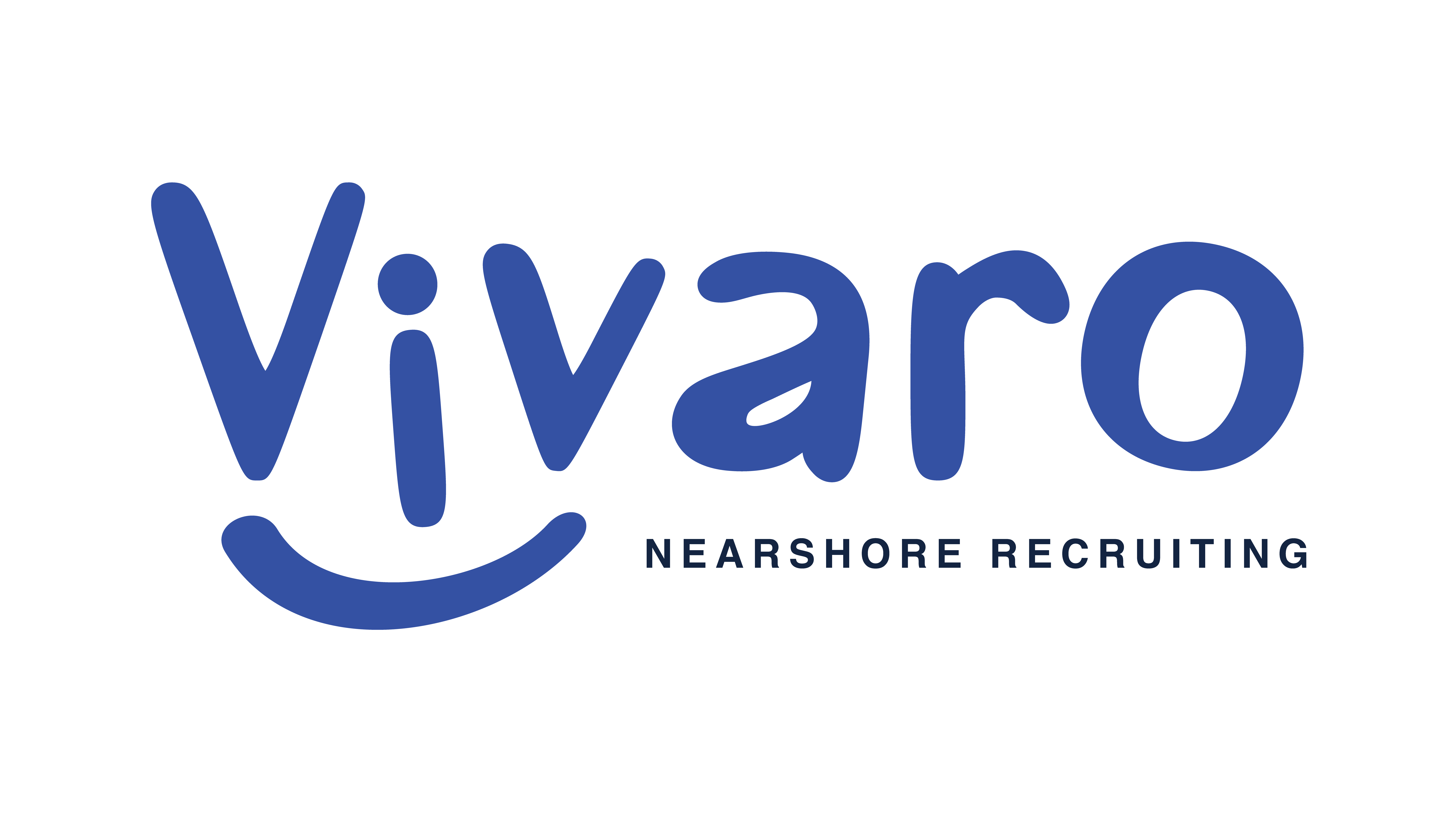More Employee Retention Options To Keep Your Valued Employees Around
Employee retention is one of every modern company’s top organizational goals. Reducing turnover and retaining top talent impacts a company's bottom line, helping organizations sharpen their competitive edge, reduce costs, and build long-term growth.
The latest hiring cost statistics show that replacing an employee costs companies 40% of their base salary. That puts retention high on the priority list, primarily for smaller organizations that can’t match the paychecks and benefits of their bigger counterparts.
While these are vital factors for attracting and retaining employees, you can consider other benefits that encourage employees to stay at a company that ultimately comes down to workplace experience. One way to show appreciation to employees is to offer flexible workplace benefits. Below are six benefits to consider.
1. Part-time or Reduced Hours
Part-time work or reduced hours mean a shorter workday. For instance, employees can work six-hours instead of the traditional eight hours.
You can also negotiate work hours to meet specific employees’ needs. For example, those with disabilities, health problems, or personal commitments — such as college studies or a newborn baby — may be unable to work full-time but can still contribute to your company.
A shorter workday can improve employees’ work-life balance, giving them more time to spend with family and friends. This can enhance their physical, mental, and emotional health and help them avoid burnout. These are essential factors for higher job satisfaction, productivity, and retention.
2. Flextime or Flex Hours
Flextime or flex hours is an arrangement that allows employees to choose their workday’s start and finish times. They can still work full-time but are able to arrange their work hours to meet their specific needs.
For instance, some may start working two hours earlier than usual and finish their tasks around lunchtime. Others may wish to sleep in and begin work later. The key is for everyone’s schedules to overlap during a specific period(e.g., peak workload time) to maintain operational efficiency.
The benefits is that your company may notice lower absenteeism and turnover and higher productivity, engagement, morale, satisfaction, and retention.
3. Compressed Workweeks or Compressed Schedules
Compressed workweeks or schedules allow employees to earn a day off by working longer hours. For instance, they can work ten hours a day for four days a week and take the fifth day off. An additional day off every week can make for a better work-life balance. Your employees will significantly appreciate you allowing them to skip a day at work to handle personal commitments or recharge their batteries without loss of income.
4. Hybrid Work
Hybrid work has been around for decades, but the COVID-19 pandemic has accelerated the model’s adoption. Many companies now allow their employees to split work between home and office, helping them enjoy the best of both worlds.
These benefits increase employee engagement, job satisfaction, morale, and retention. You can reduce business expenses such as rent, IT, commuting, and turnover costs and can even grow your business faster. Just be sure to motivate your hybrid workforce to reap the most benefits. Focus on transparent communication, clear expectations, team-building activities (including virtual social events), and meaningful connections.
5. Garden Offices
Garden offices are increasingly transforming workplaces. These gardens allow employees to enjoy the health benefits of being surrounded by nature, such as improved mood and reduced stress and anxiety. Ultimately, they can be happier and more productive.
6. Job Sharing
Job sharing is an arrangement where two or more employees share the responsibilities of a specific full-time job. They work as a team, split the workload evenly, and receive a paycheck according to their duties and contributions. Employees in a job-sharing arrangement can work part-time or reduced hours in the same position, but their collective work ultimately includes the time and tasks of a full-time job.
Employers can also benefit from this arrangement. Besides reducing expenses and absenteeism, they can utilize more experience and diverse skills in one position. This is ideal for retaining top talent because job sharers exchange valuable knowledge and skills. If one leaves the company, another can take the reins and maintain business continuity before training a new employee.
Job-sharing teams can also improve problem-solving and productivity because two heads are usually better than one.



